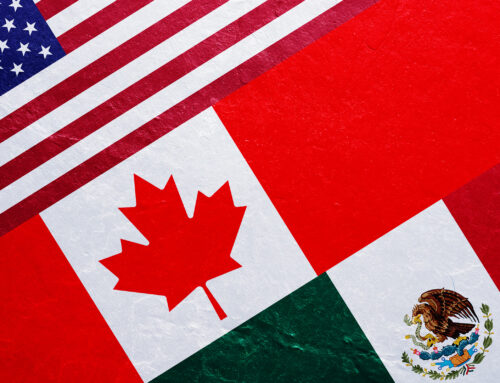By: Ed Heskins, Director of Pricing Strategy (UK) 
Last month marked “Freedom Day” in parts of the UK, when the government removed almost all remaining restrictions on its citizens, leaving them free to congregate together, and for businesses to dial-down some of the social distancing measures in place for the last 18 months. Despite the so-called pingdemic, most businesses have welcomed reopening as an opportunity to get back to business as usual.
One sector that will be hoping for a much-needed shot in the arm is the UK cinema industry. Badly bruised by the forced closure of their sites, then stuck on the sidelines as streaming services rushed in to fill the void during lockdown, they will be hoping that rising confidence combined with some big-name blockbusters will see people flocking to auditoriums once again.
Yet as other leisure and entertainment businesses look to recover lost profits, offset the impact of increased staff costs and take advantage of pent-up demand by pushing prices up, a cinema ticket will likely cost you less today than it did 2 years ago.
The Economics of Cinemas
On the one hand, the reason for this is relatively simple. The rise of streaming services, both as content providers and creators, has left cinema chains battling for eyeballs. Then there is the fact that cinemas are forced to give a huge proportion of their ticket revenue away to the studios who create these movies, with the result that ticket sales revenue is often less important to cinemas than secondary spend. Some studies have suggested that concessions, which make up approximately 20% of a cinema’s gross revenues, contribute 40% of gross profits.
But there is also another consideration here. Price visibility. As well as being relatively less important to the bottom line, ticket pricing is much more important to customers. It is comparatively easy for more price-sensitive consumers to compare ticket prices of local cinemas or to identify off-peak screenings. On the other hand, the prices of secondary products are much harder to compare. (And thanks to our propensity to overestimate our own capacity for self-control, we tend to convince ourselves we’ll skip the snacks anyway).
Marketeers refer to this as “System 1” vs “System 2” thinking, or the idea that some purchase decisions are prone to analytical decision-making, while others rely on emotional, or heuristic-led processes. It’s why Pricing Research is such a powerful tool for anyone responsible for setting prices across a portfolio of products. While data analysis can help you predict the impact of price changes within a category, research allows you to investigate how purchasers consider price and to what extent pricing information is currently absorbed.
Leading retailers have known this for years, of course, and frequently use impactful discounting on products with high price awareness to drive traffic, looking to recoup lost margin from items where consumers are more likely to engage in impulsive purchase behaviours. Loss-leading, or the practice of selling goods at a loss to drive footfall or web traffic, is only the most obvious example of this.
Restaurants
The same is also true of restaurants, especially in the world of QSR when the battle over key-value items and big-name products means price awareness can vary significantly across a menu. In one recent study we conducted in the UK, customers were unable to accurately recall what they had paid for their meal for 90% of items included on a menu, frequently understating the amount by as much as £2. By identifying the 10% of items with best price recall, we can look to target discounts to products where the impact will be highest, without sacrificing revenue on low-value items.
Beyond the research, market basket analysis can help us to understand how products are purchased in combination, which in turn can help businesses design bundles and assess the impact of price changes across the portfolio. This is why when we implement our Menu Price Optimiser tool, we go beyond just looking at price elasticities in your data. In order to understand the true impact of adjusting prices across the entire menu, we assess cross-price elasticities, conduct market basket analysis, and survey customers to understand product price awareness.
If you’re interested in understanding more about how Pricing Solutions can help your business optimise prices across your product portfolio, please get in touch to connect with an expert on our team.





